This is the 20th in a series of posts on the Fujifilm GFX-50S. The series starts here. You should be able to find all the posts about that camera in the Category List on the right sidebar, below the Articles widget. There’s a drop-down menu there that you can use to get to all the posts in this series; just look for “GFX 50S”.
I tested the first-generation Hasselblad HC 120 mm f/4 macro lens on the Fuji GFX using the Fuji H-lens-to-GFX adapter. The results were poor I had trouble mounting the Fuji adapter to My Arca C1 head — the thread depth in the adapter foot was insufficient to allow the 1/4-20 screw in the mounting plate to fully seat. I feared that that contributed to instability of the mounted lens, and caused the images to be afflicted by motion blur. I fixed the problem. It turns out that what I thought was a genuine RRS mounting plate was actually made by a competitor, and when I attached a real RRS plate, it worked fine.
So I thought I needed to redo the test, which was a comparison with the GFX 120 native macro lens.
Shutter set to EFCS. Apertures from f/2.8 to f/8 in whole stops. I focused three times at each aperture, and picked the sharpest images. 2-second self-timer used in for the GFX and the a7RII; 3-second shutter delay used for the D810. Arca-Swiss C1 cube on RRS sticks. Focus was upper-center-left of the image, and all images were refocused at each aperture. Tripod and head were not deliberately moved between series, though there appears to have been some shift during the camera and lens changes. Small exposure corrections in Lr. Daylight white balance selected in Lightroom.
The scene with both lenses wide open:

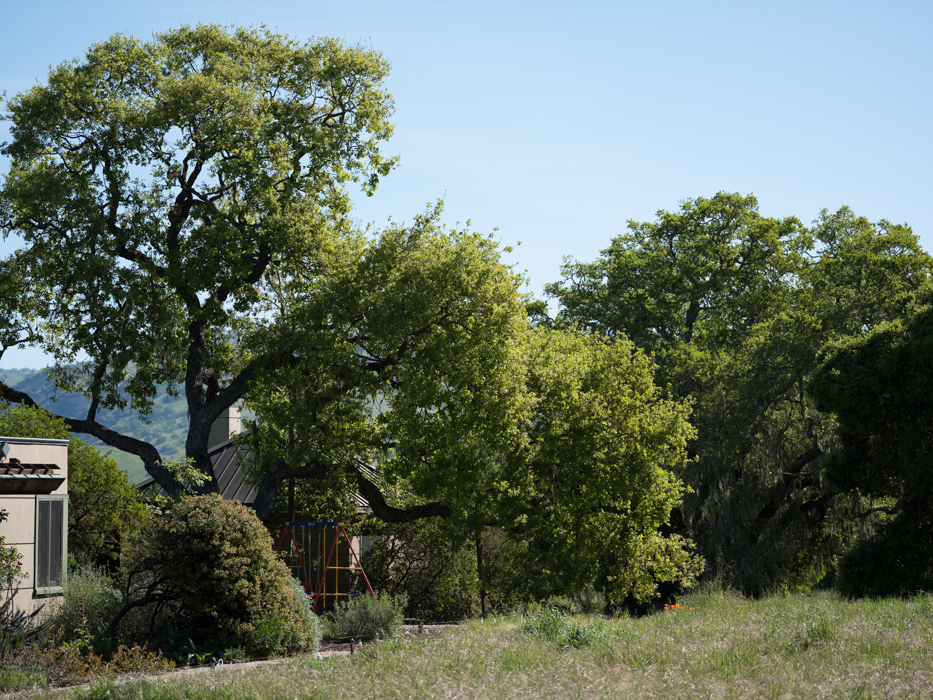
Upper-center-left (focal point) crops at 253%:

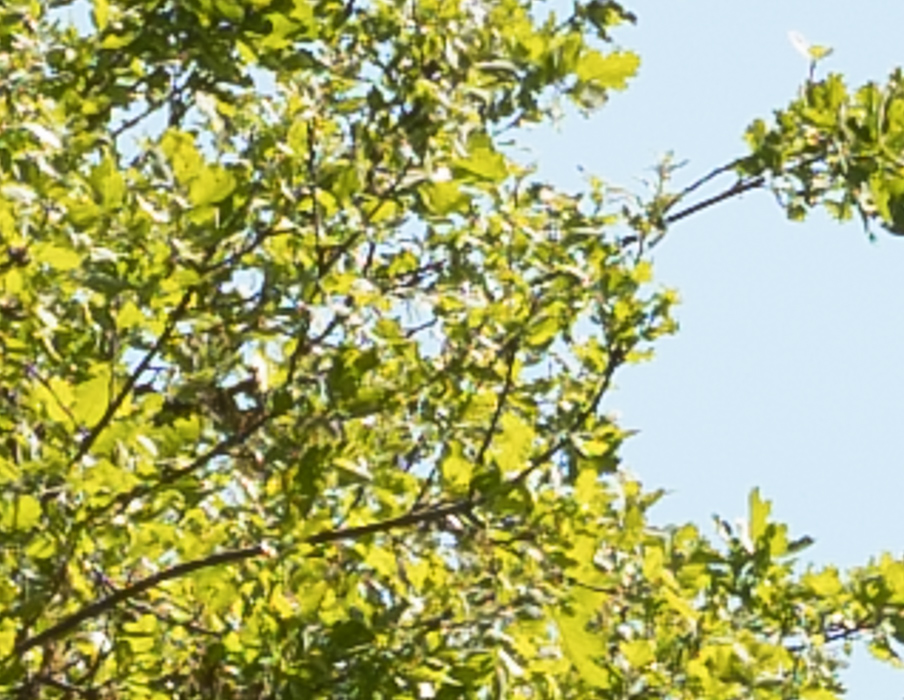
The HC lens is soft. The native lens is resolving at nearly the limits of the sensor.
Here’s how to use these highly-magnified crops. The dimensions of the GFX sensor are 8256×6192 pixels. If we make a full-frame print from the GFX on a printer with 360 pixels per inch native driver-level resolution, like the Epson inkjet printers, we’ll end up with a 23×17 inch (58×44 cm) print. The 318×246 pixel crop you’re looking at will end up 0.8333×0.6833 inches (2.12×1.74 cm). Let’s imagine that you or your viewers are critical, and will look at the 22×17 inch print from about 18 inches (conventional wisdom is that the distance would be a little greater than that, or 28 inches (the diagonal), but you did buy a high-resolution camera for a reason, didn’t you?).
The next step is dependent on your monitor pitch, which you may or may not know. Turns out, you don’t have to know it. Just take the 253% crops and view then at 1:1. How high are they? Get out your ruler and measure, or just guess. Let’s say they are 6 inches high. 6 inches is about 7 times 0.8333, so in order to view the crops the way they’d look from 18 inches on the print is to view them from 7 times as far away, or 10.5 feet.
Everything here scales proportionately. If the image on your screen is bigger than 6 inches, increase your viewing distance by the ratio of your image height to 6 inches. If you thin your viewers are going to almost get their nose to that print and look at it from six inches, divide that 10.5 feet by 3, and look at the image on the monitor from three and a half feet away.
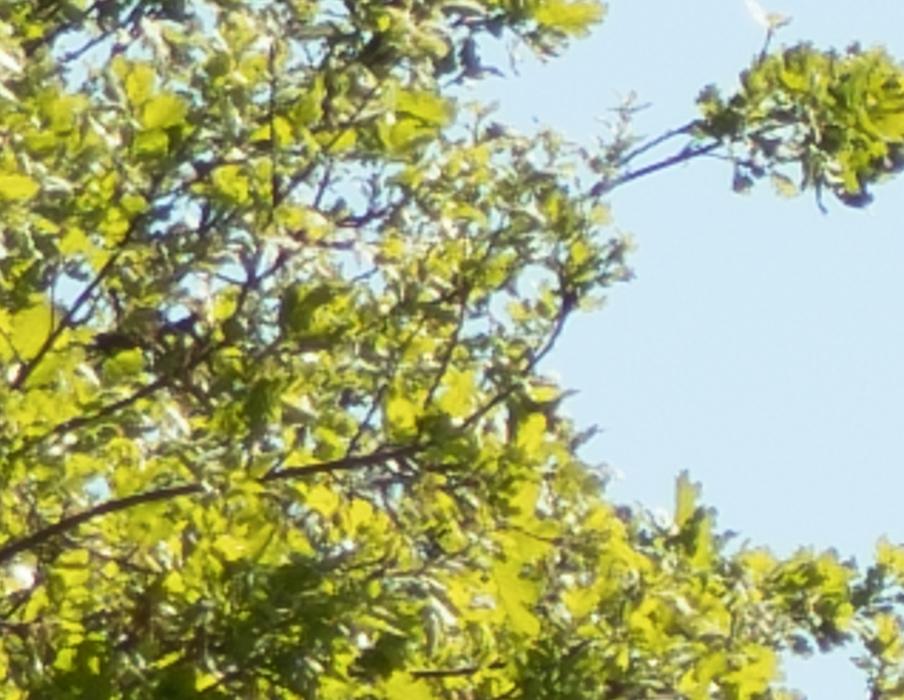

A big step up for the Hasselblad, but it’s tstill not to the level of the Fuji.

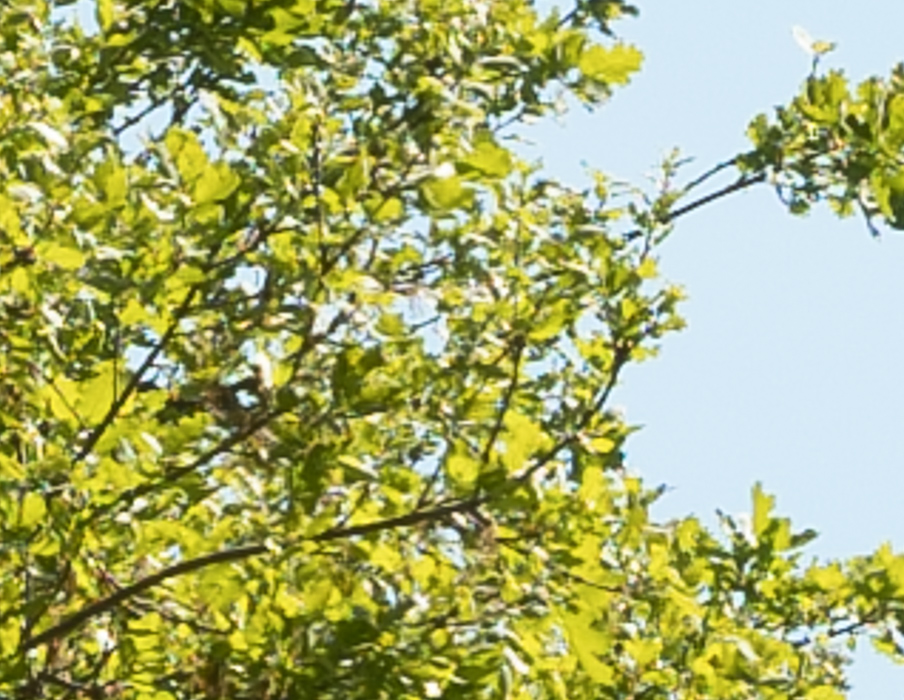
Now the HC lens is almost to the impressive levels of the Fuji.

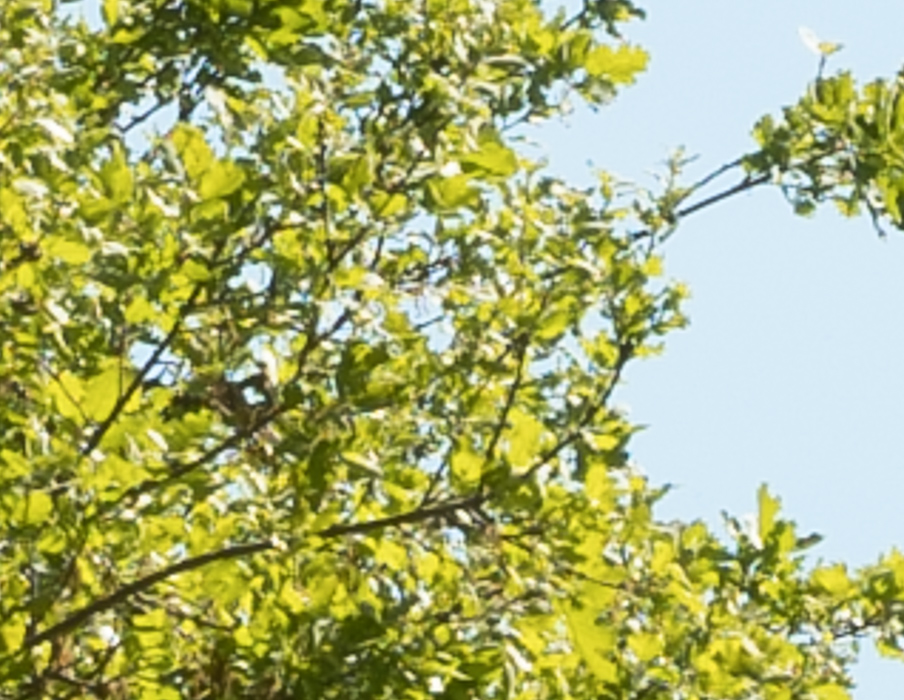
Not that much difference there.
Along the right-upper-middle edge:


The Fuji is a bit soft. The Hasselblad is a lot soft.


The Hasselblad lens is catching up.
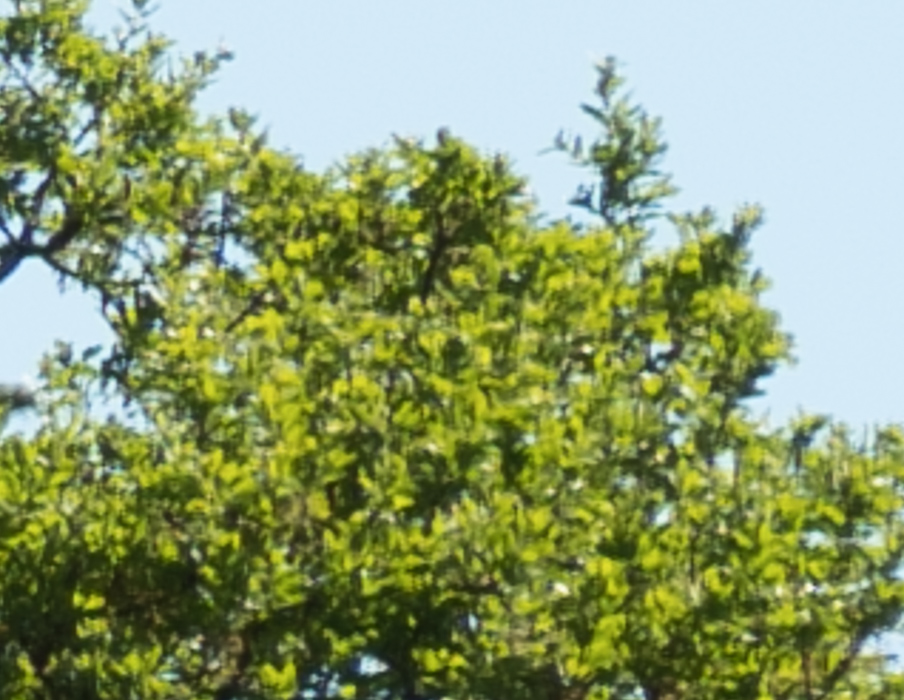
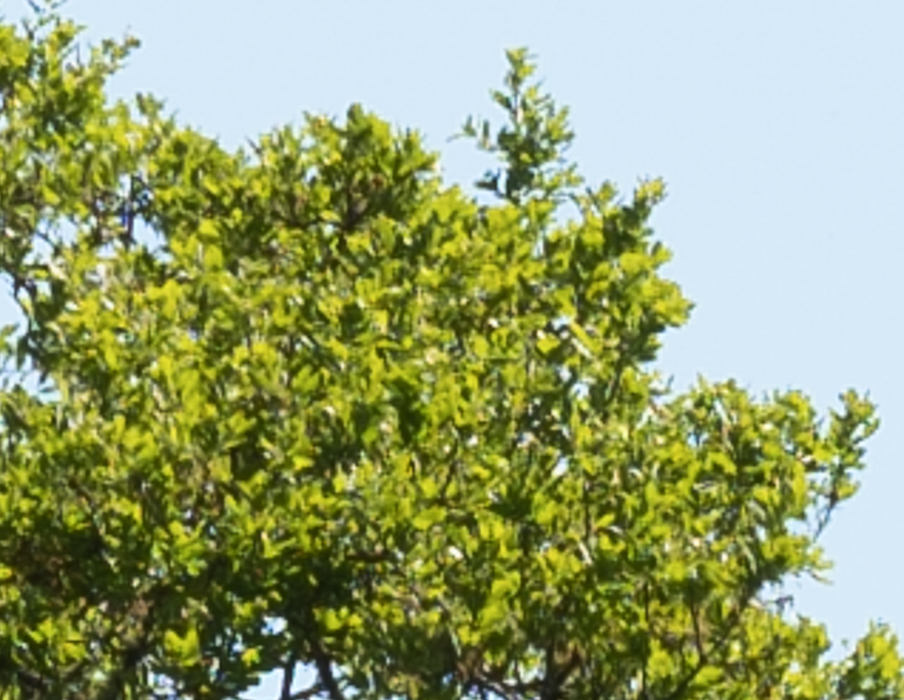
Getting closer, but the HC lens isn’t there yet.

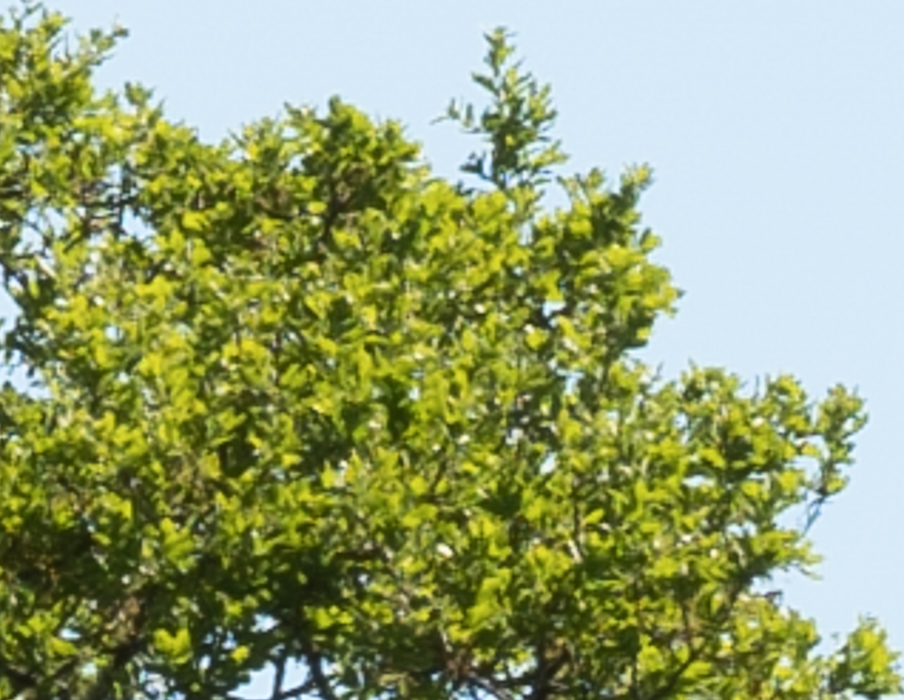
Now they are similar.
In the upper left corner:


We see that smeary effect in the HC lens. It looks kind of like motion blur, but it isn’t.


The HC has a long ways to go.

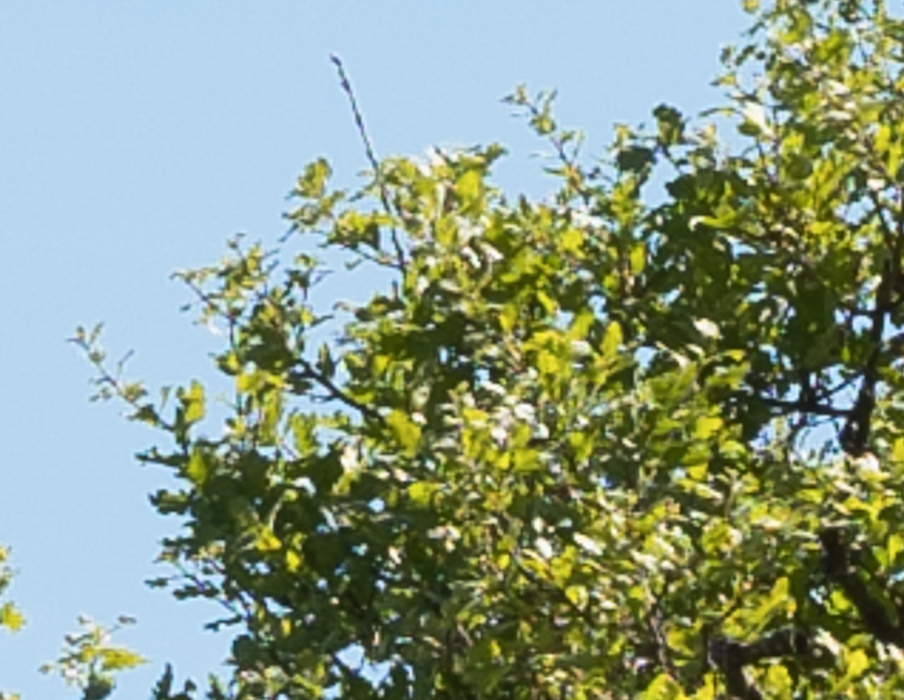
Now the Hasselblad is getting close.

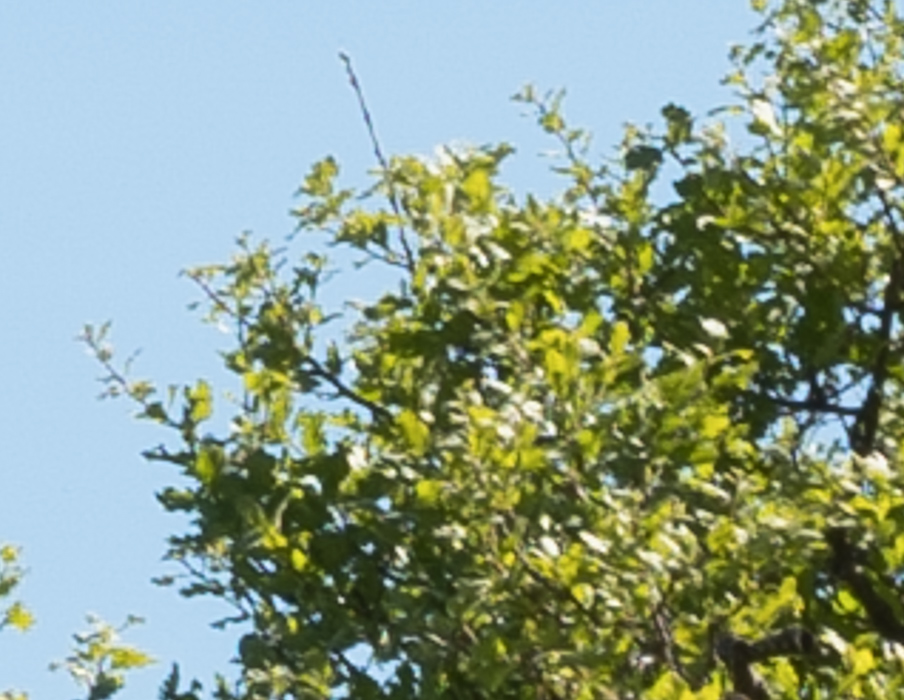
Pretty much a tie.
So my first test was affected by the adapter instability, although the HC lens is still the loser here. The second-generation Hasselblad lens is reputed to be better.
You are testing macro lenses on a long landscape shot. Most if not all lenses have a sweetspot in distance where they perform well. As the term macro implies this would be the near range. I’m expecting much better results for both of them if you use them for portrait or macro work. Would be interesting which one fares better on closer subjects.
Hi Jim,
Thank you for taking the time to do these reviews! I was wondering if you have any advice for me. I have a Fuji GFX 50s and am interested in purchasing a macro lens to do product photography. Seeing as how the Hasselblad has 1:1 magnification, I was interested in this lens (the mark II is too expensive for me). I am slightly worried about it´s close-up performance, however, especially reports of CAs. Were you able to test that out by any chance? Or do you know an alternative macro that might be a good option for the GFX range?
All the best and thanks for you detailed reviews!
Johann
I didn’t test for LoCA or LaCA, and I’ve sold the lens. Sorry.
Thanks anyway, appreciate all the detailed tests! 🙂